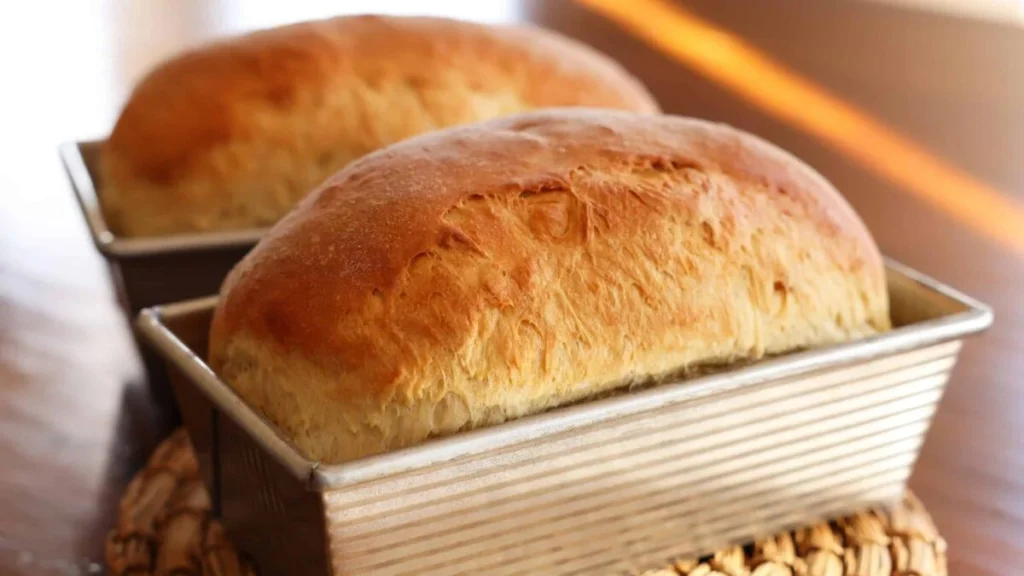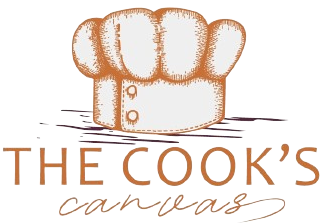Homemade Breakfast Loaf : A breakfast essential
Imagine waking up to the comforting aroma of freshly baked bread, golden brown and perfectly warm. A homemade breakfast loaf offers not just sustenance but a delightful start to your day, whether enjoyed fresh out of the oven or toasted with your favorite spread. Here’s how you can easily recreate this culinary delight in your own kitchen, complete with tips and tricks to ensure your loaf turns out perfectly every time.

Ingredients
Instructions
-
Activate the Yeast: In a small bowl, combine yeast, warm water, and a pinch of sugar or honey. Let it rest for 5-10 minutes until it becomes foamy and bubbly.
-
Mix the Dough: To the yeast mixture, add the remaining sugar or honey, salt, oil, and 3 cups of flour. Mix until combined.
-
Form the Dough: Gradually add another cup of flour and continue mixing until the dough starts to come together. Add more flour, 1/2 cup at a time, until the dough becomes smooth and elastic. It should slightly stick to a clean finger but not be overly sticky.
-
First Rise: Grease a large bowl with oil or cooking spray, place the dough inside, and turn it to coat. Cover with a dish towel or plastic wrap and let it rise in a warm place until doubled in size, about 1.5 hours.
-
Prepare the Loaf Pans: Spray two bread pans generously with cooking spray on all sides.
-
Shape and Second Rise: Punch down the dough to remove air bubbles. Divide it into two equal portions and shape each into long logs. Place them into the greased loaf pans and let them rise again for 45 minutes to 1 hour, until they rise about 1 inch above the loaf pans.
-
Bake to Perfection: Preheat your oven to 180°C (350°F). Bake the loaves for 30-35 minutes, or until they turn golden brown and sound hollow when tapped on the bottom.
-
Cool and Enjoy: Remove the loaves from the pans and let them cool on a wire rack before slicing. Enjoy your homemade breakfast loaf warm with butter, jam, or any topping of your choice!
Note
Tips and Tricks:
- Warm Water Temperature: Ensure the water is within the specified range (105-115 degrees Fahrenheit) to activate the yeast effectively. Too hot or too cold water can affect yeast activity.
- Proper Rising Conditions: To help the dough rise, place it in a draft-free, warm area. You can create a warm environment by placing the bowl near a warm oven or in a turned-off oven with the light on.
- Testing Doneness: Tap the bottom of the loaf; if it sounds hollow, it's baked through. If unsure, use a food thermometer to check that the internal temperature reaches about 190°F.
Homemade breakfast loaf not only fills your home with a heavenly aroma but also offers a personal touch that store-bought bread simply can't match. Whether you're a novice baker or a seasoned pro, this recipe promises a rewarding baking experience and a delicious start to any morning.
-
Ancient Origins: The concept of baking bread dates back to around 10,000 BC in the Neolithic era. Early humans baked bread on heated stones, and the process has evolved significantly over millennia.
-
Loaf Shapes: The shape of a loaf can tell you a lot about its origin. For instance, the elongated baguette is iconic in France, while round loaves are common in Italy. The classic rectangular breakfast loaf shape is perfect for even slicing, ideal for toast and sandwiches.
- Historical Recipes: Some breakfast loaf recipes have been passed down through generations. For instance, the Amish Friendship Bread, which involves a sweet, sourdough starter that's shared among friends and family, has roots in communal and cultural traditions.





